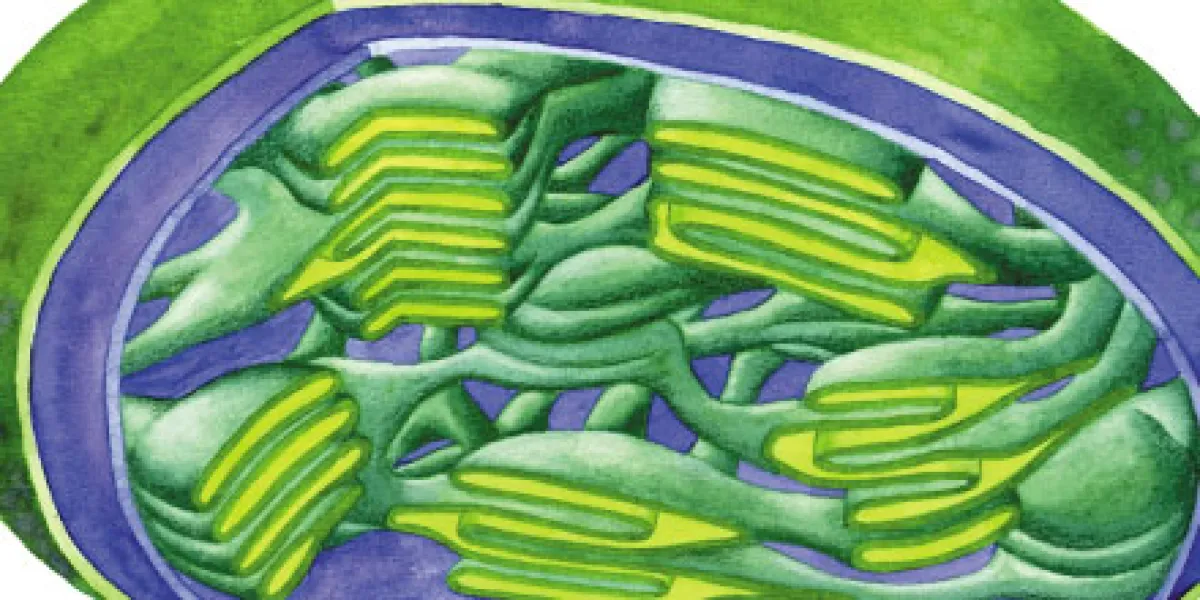Overcoming limitations in engineering the Rubisco small subunits in higher plant chloroplasts.
Strategies for efficiently engineering the small subunit of higher plant Rubisco are being developed.
Project status
Content navigation
About

Strategies for efficiently engineering the small subunit of higher plant Rubisco are being developed.
Higher plant Rubisco is comprised of two subunits with primarily only the larger, catalytic L-subunits readily accessible for genetic modification. There is strong evidence in the literature however that Rubisco catalysis can be stimulated by structural changes to the S-subunit. Engineering improvements to higher plant Rubisco catalysis are therefore also likely to be stimulated by S-subunit residue changes. An appropriate means for engineering the native (or foreign) RbcS genes in higher plants has been an elusive challenge due to the multiple RbcS copies in the nucleus that essentially exclude them from targeted mutagenic or replacement strategies. Prior work by Whitney has shown that transferral of RbcS to the plastid genome results in very little assembly of plastid-synthesized small subunits into functional Rubisco (Whitney and Andrews, 2001, Plant Cell 13: 193-205). The objective of this research project is to expand on this work and utilise existing tobacco mutants and advances in trans-gene expression in plastids to develop an efficient engineering tool for modifying higher plant S-subunits.
Suggested reading
- Satagopan S, Spreitzer RJ (2004) Substitutions at the Asp-473 latch residue of Chlamydomonas ribulosebisphosphate carboxylase/oxygenase cause decreases in carboxylation efficiency and CO2/O2 specificity. J Biol Chem 279: 14240-14244
- Whitney SM, Andrews TJ (2001) The gene for the ribulose-1,5-bisphosphate carboxylase/oxygenase (Rubisco) small subunit relocated to the plastid genome of tobacco directs the synthesis of small subunits that assemble into Rubisco. Plant Cell 13: 193-205.

